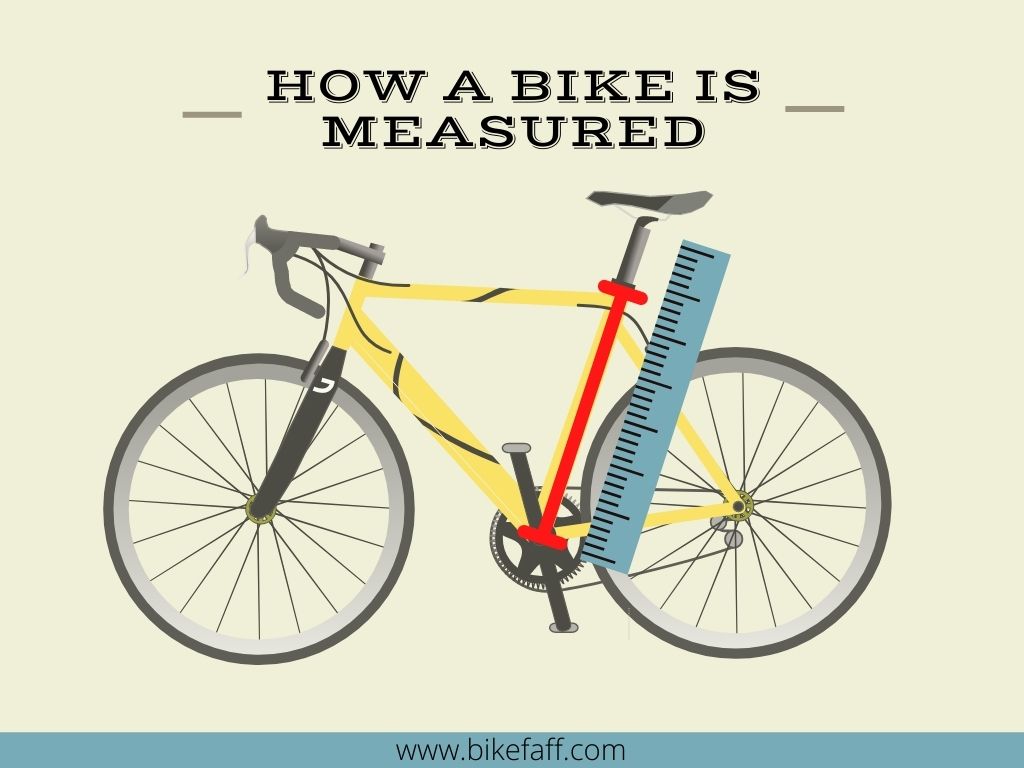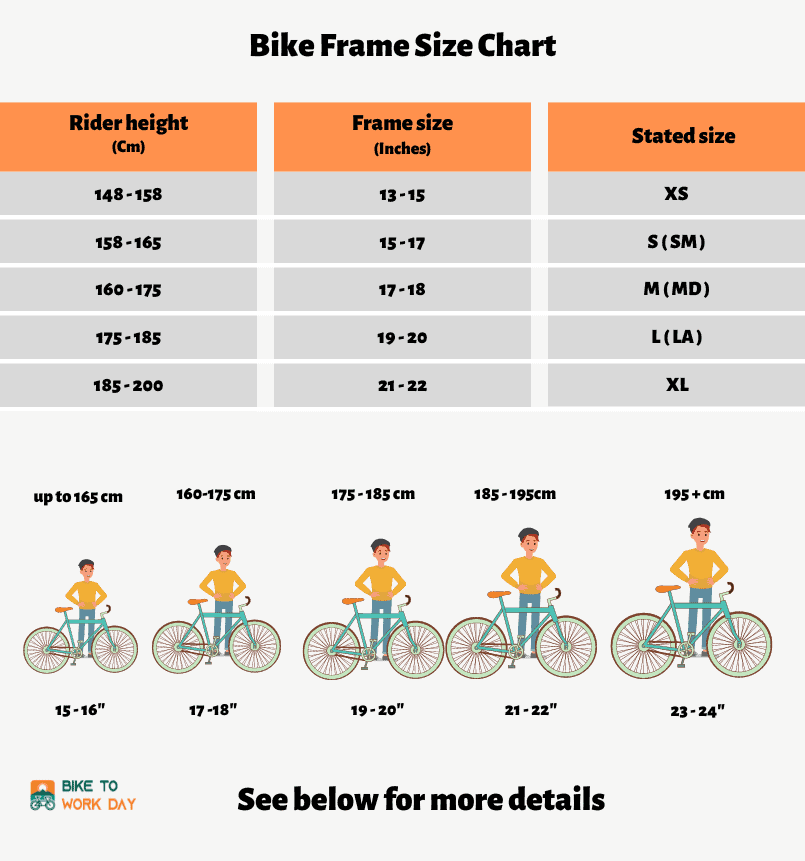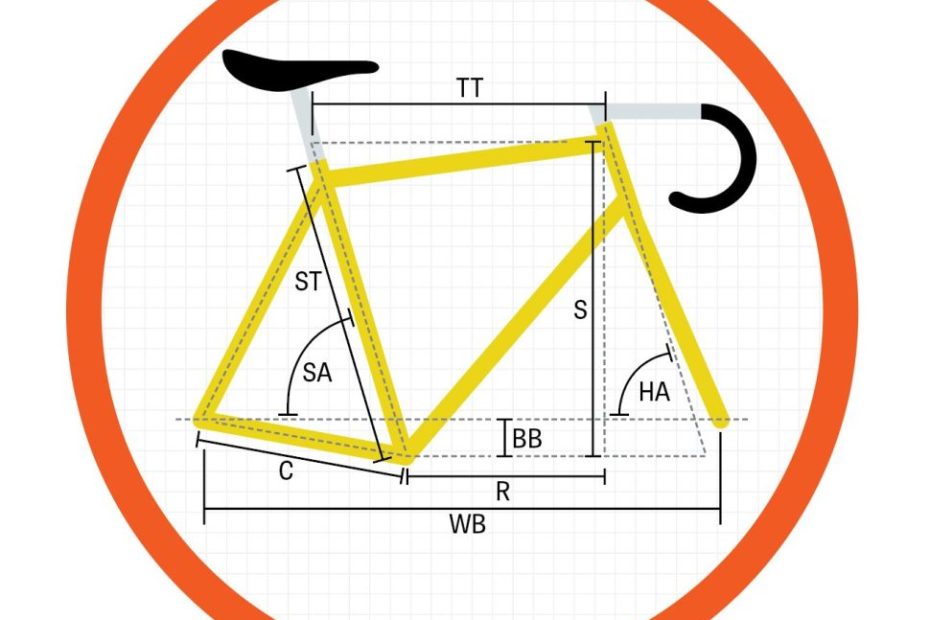Why Frame Size Matters for a Comfortable Ride
Choosing the right bike frame size is crucial for a comfortable and enjoyable ride. A well-fitting frame can make all the difference in a cyclist’s performance, comfort, and safety. When a bike frame is too small or too large, it can lead to a range of issues, including discomfort, fatigue, and poor performance. For instance, a frame that’s too small can cause the rider to hunch over, leading to back and neck strain, while a frame that’s too large can make it difficult to control the bike, increasing the risk of accidents. On the other hand, a bike with a frame that’s tailored to the rider’s body can improve performance, increase efficiency, and provide a more enjoyable riding experience. So, what does bike frame size mean, and why is it so important? By understanding the importance of bike frame size, cyclists can make informed decisions when purchasing a new bike, ensuring a comfortable and safe ride.
Deciphering Bike Frame Size: A Guide to Measurements
When it comes to understanding bike frame size, it’s essential to know what it means and how it’s measured. So, what does bike frame size mean? In simple terms, bike frame size refers to the size of the bike’s frame, which is typically measured in inches or centimeters. There are several key measurements to consider when determining bike frame size, including seat tube length, top tube length, and standover height. The seat tube length is the distance from the center of the bottom bracket to the top of the seat tube, while the top tube length is the distance from the head tube to the seat tube. Standover height, on the other hand, is the distance from the ground to the top of the top tube. By understanding these measurements, cyclists can determine their ideal bike frame size and ensure a comfortable and safe ride.
How to Determine Your Ideal Bike Frame Size
Determining the ideal bike frame size involves a combination of measurements, calculations, and considerations. To get started, cyclists should measure their inseam, which is the distance from the floor to the top of the inner thigh. This measurement will help determine the minimum and maximum seat tube length required. Next, measure arm length, which is the distance from the shoulder to the wrist. This measurement will help determine the ideal top tube length. Additionally, consider riding style, as different styles require different frame sizes. For example, road bikes typically require a smaller frame size than mountain bikes. Online bike size calculators can also be used to determine ideal frame size based on these measurements. However, it’s recommended to consult with a professional bike fitter or a knowledgeable salesperson at a local bike shop to ensure the most accurate fit. They can help determine what does bike frame size mean for individual cyclists and provide personalized recommendations. By following these steps, cyclists can ensure they’re getting a bike that fits comfortably and meets their riding needs.
Understanding Bike Frame Geometry: What It Means for You
Bike frame geometry refers to the design and structure of a bike’s frame, which significantly affects the ride. The geometry of a bike frame determines how it handles, responds to input, and interacts with the rider. Different types of bikes, such as road, mountain, and hybrid bikes, have distinct frame geometries that cater to specific riding styles and terrains. For instance, road bikes typically have a more aggressive geometry, with a steeper head tube angle and a shorter wheelbase, which enables faster speeds and quicker handling. Mountain bikes, on the other hand, have a more relaxed geometry, with a slacker head tube angle and a longer wheelbase, which provides greater stability and control on rough terrain. Hybrid bikes, which combine elements of road and mountain bikes, have a geometry that balances comfort and efficiency. Understanding bike frame geometry is crucial in determining what does bike frame size mean for individual riders, as it directly impacts the fit and performance of the bike. By recognizing the unique characteristics of different frame geometries, cyclists can make informed decisions when selecting a bike that meets their specific needs and preferences.
The Impact of Bike Frame Size on Performance
A well-fitting bike frame size has a significant impact on performance, affecting speed, agility, and handling. When a rider is comfortable on their bike, they can maintain a more aerodynamic position, generate more power, and respond quickly to changes in terrain. A bike that is too small can lead to a cramped riding position, reducing power output and increasing fatigue. On the other hand, a bike that is too large can make it difficult to control, affecting agility and handling. Furthermore, a bike that is the right size can improve pedaling efficiency, allowing riders to maintain a higher cadence and generate more speed. Understanding what does bike frame size mean for individual riders is crucial in optimizing performance. By selecting a bike frame size that matches their body proportions and riding style, cyclists can unlock their full potential and enjoy a more efficient and enjoyable ride. Additionally, a well-fitting frame can reduce the risk of injury, as riders are less likely to experience discomfort, fatigue, and poor bike handling.
Common Mistakes to Avoid When Choosing a Bike Frame Size
When selecting a bike frame size, it’s essential to avoid common mistakes that can lead to discomfort, poor performance, and even safety issues. One of the most significant mistakes is relying solely on manufacturer’s recommendations. While these guidelines can provide a general idea of the suitable frame size, they often don’t take into account individual factors such as riding style, flexibility, and personal preference. Another mistake is neglecting to consider riding style. For instance, a road bike rider may require a different frame size than a mountain bike rider, even if they have the same inseam measurement. Additionally, failing to test ride a bike before purchasing it can lead to a poor fit, which can negatively impact the overall riding experience. Furthermore, not considering the type of bike frame geometry can also lead to a mismatch. Understanding what does bike frame size mean for individual riders is crucial in avoiding these common mistakes. By being aware of these pitfalls, cyclists can make informed decisions and find a bike frame size that meets their unique needs and preferences.
Getting the Right Fit: Tips for Test Riding a Bike
Test riding a bike is a crucial step in ensuring the right fit. It’s an opportunity to assess the bike’s comfort, performance, and overall ride quality. When test riding a bike, there are several key factors to consider. First, check the saddle height to ensure it’s at a comfortable distance from the ground. A saddle that’s too high or too low can affect pedaling efficiency and comfort. Next, adjust the handlebar height to a position that allows for comfortable arm extension and minimal strain on the neck and back. Additionally, check the standover clearance to ensure there’s enough room between the rider’s inseam and the top tube. This is particularly important for riders with longer inseams or those who prefer a more upright riding position. By paying attention to these details, riders can get a sense of what does bike frame size mean for their individual needs and preferences. Furthermore, test riding a bike allows riders to assess the bike’s handling, agility, and overall responsiveness. By taking the time to test ride a bike, riders can make an informed decision and find a bike that meets their unique needs and riding style.
Conclusion: Finding Your Perfect Bike Frame Size
In conclusion, choosing the right bike frame size is crucial for a comfortable, safe, and enjoyable riding experience. By understanding what does bike frame size mean and how it’s measured, riders can make informed decisions when selecting a bike. Remember to consider factors such as inseam, arm length, and riding style when determining your ideal bike frame size. Additionally, test riding a bike and consulting with a professional can help ensure the perfect fit. By avoiding common mistakes and following the tips outlined in this article, riders can find a bike that meets their unique needs and preferences. To recap, here’s a final checklist to ensure you’re getting the perfect fit: measure your inseam and arm length, consider your riding style, test ride a bike, and consult with a professional if needed. By following these steps, you’ll be well on your way to unlocking the perfect fit and enjoying a lifetime of comfortable and enjoyable rides.







